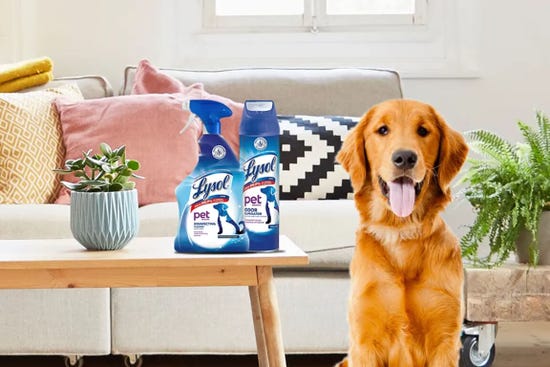How to Sanitize Laundry
Many of us would think that when we put our dirty clothes in the wash, they come out clean and germ free. What many don’t know however, is that cleaning laundry with your everyday detergent and cold water is not the same as sanitizing laundry.

When it comes to certain laundry loads such as children’s clothes, sportswear, bedding or towels – while they may come out the wash looking and smelling clean, they could still be covered in germs that are potentially harmful to you and your family. Therefore, it pays to not only know how to clean laundry, but how to sanitize it too!
How do we kill bacteria in laundry?
When it comes to sanitizing laundry, you will need something that can effectively get rid of the bacteria that hide in your washing.
You may notice that when your baby uses its favourite blanket too often, or you find yourself coming back to your favourite piece of athletic wear for several workouts, they begin to smell – even if you’ve been washing them regularly. This is because bacteria and odor molecules can become stuck in synthetic fabrics – which can stop them from smelling fresh and clean and, in some cases, from being safe.
Though using bleach in your washer’s cycle or when soaking your laundry prior to washing can kill bacteria in laundry, this might be too harsh on your clothes and you won’t be able to wash all materials this way. This is where Lysol® Laundry Sanitizer comes in. It’s not only specially formulated to kill 99.9% of bacteria that detergents leave behind, but, with 0% bleach it’s also suitable for most delicate items, including:
- Baby clothes
- Towels
- Sportswear
- Bedding
- Undergarments
- Delicates
How to sanitize laundry using Lysol® Laundry Sanitizer
At Lysol®, we want to ensure the wellbeing of families, including when it comes to their washing. With our products, parents can feel confident that their laundry is truly clean. By introducing this into your regular washing routine, you can kill bacteria and sanitize your family’s clothes.
Our laundry sanitizer can be used on standard and HE machines; it works well even in cold water, and is gentle on fabrics including whites, darks and colors.
For standard machines
Add 2 capfuls, each filled to line 1 of the dosing cup, to the fabric softener compartment or directly to your rinse cycle wash. Put your washer on the rinse cycle for 16 minutes.
For HE machines
Add 2 capfuls, each filled to line 2 of the dosing cup, to the fabric softener compartment or directly to your rinse cycle wash. Put your washer on the rinse cycle for 16 minutes.
Please note: Please always use Lysol® products as directed on the label.
Sanitizing your laundry is an important part of the laundering process to ensure your laundry is not only clean and fresh smelling, but also bacteria free. With Lysol® Laundry Sanitizer, you can help kill the bacteria that can cause illnesses and create lingering bad smells.
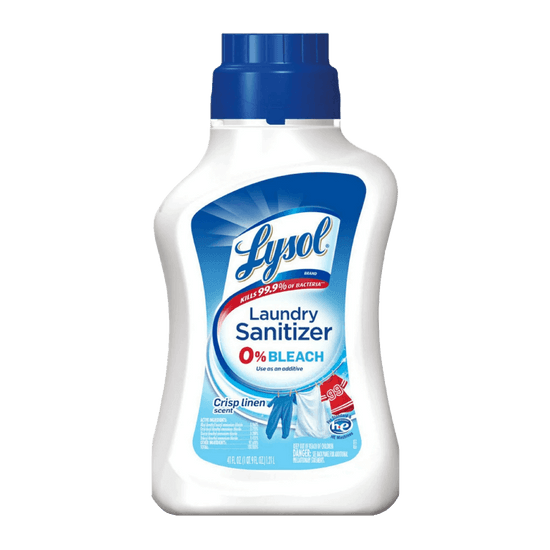

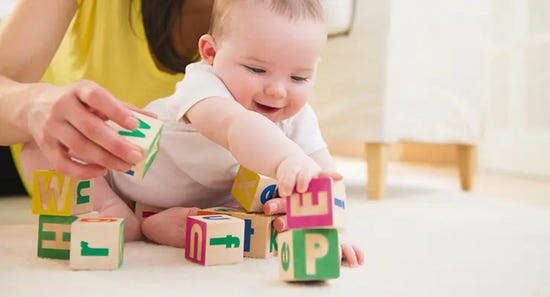


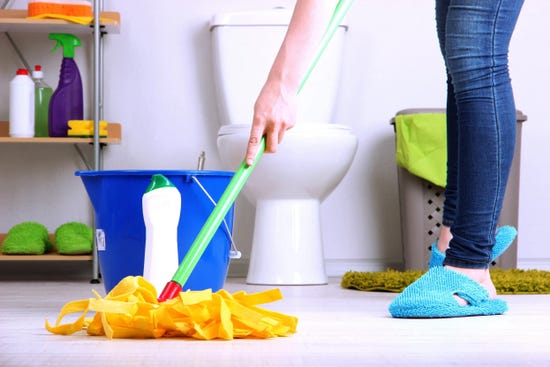
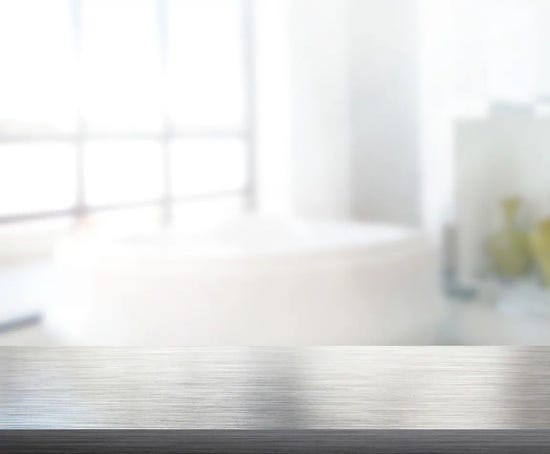

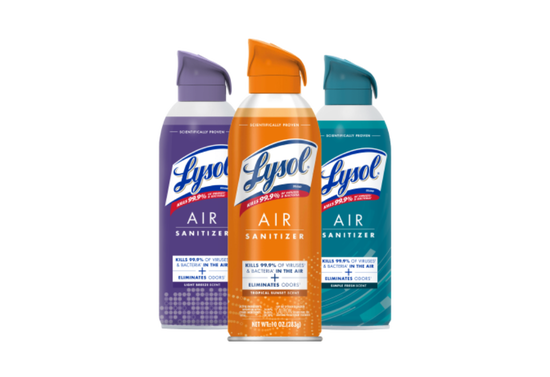
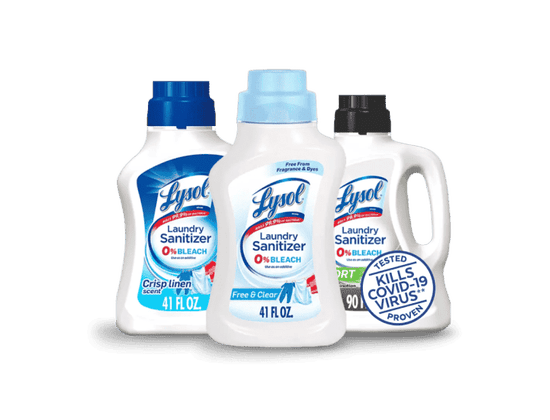
.png?width=550&height=377&format=png&quality=80)

.png?width=550&height=377&format=png&quality=80)
.png?width=550&height=420&format=png&quality=80)
.png?width=550&height=377&format=png&quality=80)
.png?width=550&height=377&format=png&quality=80)
